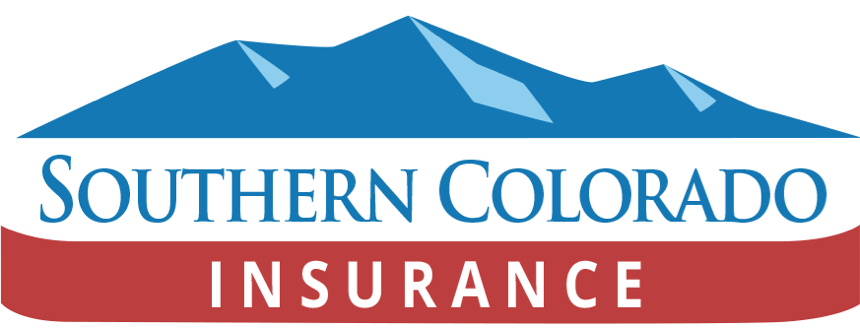The Federal Motor Carrier Safety Administration (FMCSA), a division of the U.S. Department of Transportation (DOT), is reviewing comments on the proposal for regulations that would increase the financial responsibility requirements for motor carrier policies of insurance for public liability.
Interested parties from all sides of the industry were invited to comment on the potential rulemaking in a window that closed in February of this year, and at issue was whether the FMCSA should increase the financial responsibility limits that were last changed in 1985. As it stands, nonhazardous property haulers must show compliance to the tune of $750,000, while motor carriers hauling hazardous commodities must demonstrate compliance at either $1,000,000 or $5,000,000, depending on the cargo carried.
Duane DeBruyne, a FMCSA spokesperson, said the agency will review and consider all comments and materials, but there is no guarantee that a proposal will be deemed necessary – and if it were, under what timeline such a determination would fall.
The driving force for the proposal is a requirement enacted in 2012 – called the Moving Ahead for Progress in the 21st Century Act (MAP 21) – that requires Congress to review the financial responsibility requirements every four years in order to ensure that the limits in force are providing adequate protection for the public.
The first report to Congress, published in April 2014, revealed that merely adjusting the $750,000 minimum limit according to inflation would increase the limit to more than $1.6 million. For $1 million policies, the limit would exceed $2.1 million.
Congress hasn’t solely held to the figures presented in this first report, however, as members of the House of Representatives have also introduced a proposal via two versions of the SAFE HAUL Act in 2013 and 2015. These acts propose an increase in the financial responsibility limit to $4,422,000 and $4,532,550 respectively, and the latest action in the House shows that these have been referred to the Subcommittee on Highways and Transit.
Whatever the decision, the FMCSA is already behind schedule for the process of issuing a regulation, making it difficult to know what will happen in the future, said Michael Gramm, vice president of excess casualty for XL Group’s excess and surplus lines. “The FMSCA has to balance the cost of imposing higher limits with the benefit to society when expensive claims occur.”
719-329-4441
support [at] scicteam [dot] com
6799 Bismark Rd Suite E
Colorado Springs, CO 80922
Prefer email? Email us atColorado Springs, CO 80922
support [at] scicteam [dot] com
Southern Colorado Insurance Center Blog
All You Ever Wanted to Know About Insurance
FMCSA Considers Comments on Minimum Responsibility Limits
- Posted on Thursday, June 25, 2015
Leave a Comment
Required fields are marked with ✶
Get a Quote
Give us some info and we'll get quotes from multiple companies.
About Us
Southern Colorado Insurance Center is an independent insurance agency located in Colorado Springs, Colorado.
Give us a call, stop by, or request a quote online to find out how much we can save you on your insurance.
Quick Links
Contact Us
- 6799 Bismark Rd Suite E
Colorado Springs, CO 80922 - 719-329-4441
- 719-457-5923
- youarefirst [at] scicteam [dot] com
- youarefirst [at] scicteam [dot] com
- Mon-Fri 8am-4:30pm
- Colorado License # 431172
- Arizona License # 3001987524
- California License # 13442968
- Florida License # P189520
- Kansas License # 3001894620
- Maine License # PRN277747
- Michigan License # 13442968
- Missouri License # 3001900910
- Nevada License # 3803093
- North Carolina License # 13442968
- Texas License # 2810533
© 2025 Southern Colorado Insurance Center | Search | Privacy | Disclaimer | Website by BT

Discussion
There are no comments yet.